Cyberman
gamer level 7
23382 xp
23382 xp
followers
19
19
Use my invite URL to register (this will give me kudos)
https://boardgaming.com/register/?invited_by=emang
profile badges


...
...
recent achievements

Junior Reporter
Earn Reporter XP to level up by completing Reporter Quests!
Earn Reporter XP to level up by completing Reporter Quests!

Time Well Spent - News
Click on the hourglass 100 times that appears when you are browsing News pages. learn more >
Click on the hourglass 100 times that appears when you are browsing News pages. learn more >

Bronze Supporter
Show your support for boardgaming.com by purchasing a total of 20 Gems.
Show your support for boardgaming.com by purchasing a total of 20 Gems.

Explorer - Level 5
Earn Explorer XP to level up by completing Explorer Quests!
Earn Explorer XP to level up by completing Explorer Quests!
Player Stats
Critic (lvl 3)
845 xp
845 xp
Explorer (lvl 5)
3336 xp
3336 xp
Professor (lvl 3)
890 xp
890 xp
Reporter (lvl 3)
701 xp
701 xp
About Me
I like games heavy on theme, games in which I can lose myself for a while and have fun with friends and family. I like a mix of luck and strategy with a bit more emphasis on the latter.


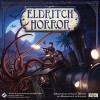


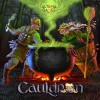

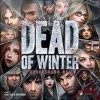




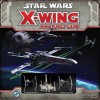








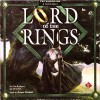


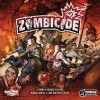
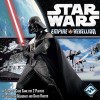
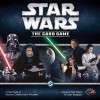

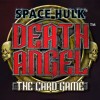




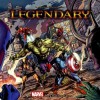
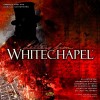






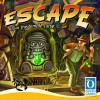


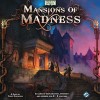






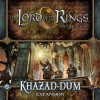



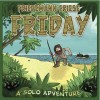




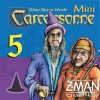


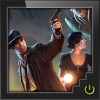



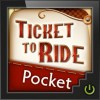


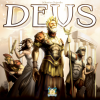
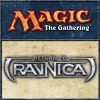



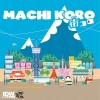


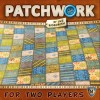
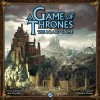



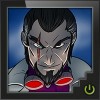


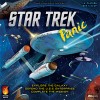






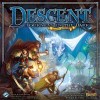

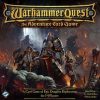
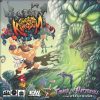

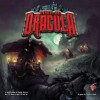




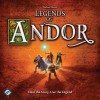




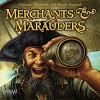
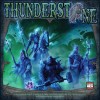




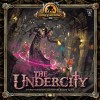


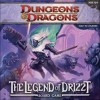





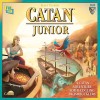
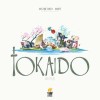



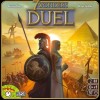


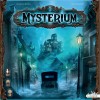


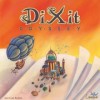


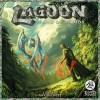
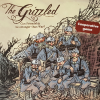

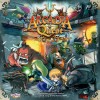
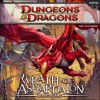





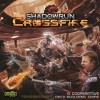

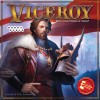









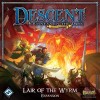


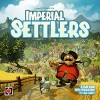





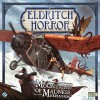
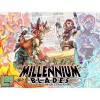












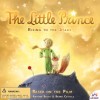
The Undercity
Since Artem and I played this together, we thought it would be interesting to write back-to-back reviews of our experiences with Undercity.
I could save everyone the pain of reading through a long post simply by agreeing with everything Artem says. And I do pretty much agree with him.
But let’s not stop there. I do have few supplemental points to make.
First, Undercity is good but it’s not great. In addition to all of the minuses enumerated by Artem, I didn’t really feel the theme as much as I wanted to. The bad guys felt like a nuisance rather than a creepy threat (didn’t help that Artem and I misread the rules and played on nightmare mode for most scenarios – that is, the bosses activated far more often than they were supposed to) and there were times when spawning felt unfair (because we had just completed a task) or meaningless (because spawning more foul beasts didn’t fit the story).
Second, the story was convoluted at times and I forgot the whole point of the scenario. “Beat bad guys” seems tedious for a story-based game.
Third, if the occasional humdrum elements of the story weren’t enough, I concur with Artem that we could never spice things up with a side quest because the chaos of the main quest kept us far too busy.
I realize at this point it sounds like I didn’t enjoy Undercity. Despite what I’ve written, I actually did look forward to getting this to the table, but it all had to do with whom I was playing. If your team-mates don’t take this game too seriously, if you strategize well together, if no one feels the need to be the game alpha this can make for an entertaining evening.
Enjoyed this review? Please visit Altema Games website for more neat board game materials.